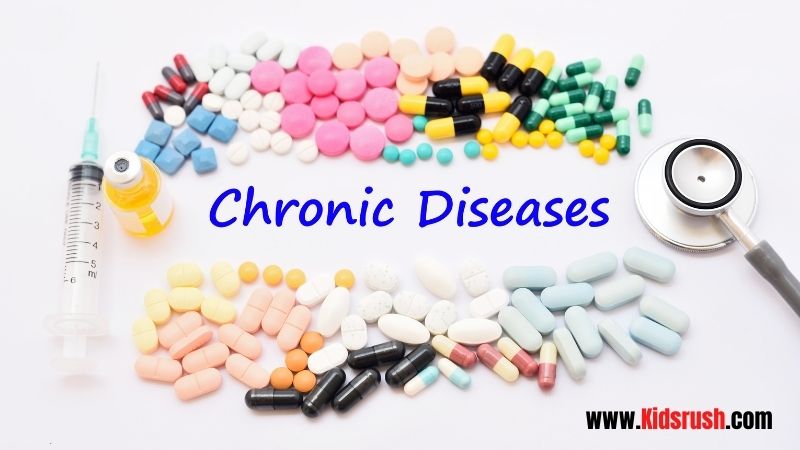Most common chronic diseases in babies and children
It is important to know them to be able to carry out exhaustive control and avoid complications
According to the WHO, chronic diseases are diseases of long duration and generally of slow progression, that is, they are present throughout life. There is a long list of chronic diseases in babies and children, but in this post, we are going to talk about some of the most common.
Typical childhood chronic diseases in children
It is not surprising that children get very sick during childhood: flu, gastroenteritis, ear or throat infections, colds, among other conditions. This is due to the immaturity of the immune system typical of this stage, but once reached a certain age, around 5 years, it is expected that these diseases are no longer so constant, because their defense system is becoming mature to face the agents that produce them.
Upon reaching adulthood, certain diseases are believed to be typical of this age, but what most people do not know is that some of these diseases can be suffered from childhood, even generating disability in greater or lesser loss; therefore it is important to know them and in this way to be able to carry out an exhaustive control, avoiding not only complications but also being able to provide the best quality of life and integration into society; Furthermore, if the control is adequate, it would even be avoiding death at an early age.
Read Also: The order of a loss of baby teeth in children
Long-term illnesses in infants and children
There are many other chronic diseases, the important thing is to know that if your child suffers from any, regardless of what it is. It is necessary to maintain periodic controls, with timely treatment, seeking quality of life and psychological support not only for the affected person but also for the family nucleus to cope with the disease.
Diabetes

Diabetes is the most common chronic disease of childhood. It results from the inability of the pancreas to produce insulin (the one in charge of processing the body’s sugar); therefore, that sugar accumulates and causes alterations in all the body’s organs, especially the eye, kidney, heart, and nervous system, generating complications at an early age.
If there is not good control, frequent hospitalizations are common due to the difficulty for the family and the child to eat an adequate diet and strictly comply with the main medication, which is injectable insulin.
Congenital hypothyroidism
It is another of the most frequent diseases of childhood. It is called ‘congenital’ because it occurs from birth and is the inability of the body to produce thyroid hormones. If not detected early, it causes significant intellectual disability, which is why treatment with thyroid hormones is necessary.

Cystic fibrosis
Cystic fibrosis in children is a hereditary disease in which several organs are affected, mainly the lungs, digestive system, and pancreas. It is characterized by the formation of thick secretions that damage these organs, but the most striking thing is the involvement of the lungs with the presence of constant respiratory infections.
Read Also: Home remedies to lower fever in children
Epilepsy
Epilepsy in children is a type of central nervous system disorder in which the nerve impulse transmitted between neurons is affected, causing seizures; it must be treated with anticonvulsants to control them.
Retinopathy of prematurity
It occurs in premature babies, where one of the layers of the eye, the retina, has not reached adequate maturity, which can result in blindness if the necessary interventions are not made in time.
Autism
Austin in children is a type of disability in which the causes are still being studied. It affects communication, social interaction, language, and behavior, with altered interest in the environment that surrounds them. There are degrees and, accordingly, the severity of the above parameters.
Cerebral palsy
Cerebral palsy in children is a type of affectation of the nervous system, due to multiple causes. In this, there is a motor disability, with impairment of movements, balance, and reflexes, and according to the degree, it can also be classified.
Congenital heart disease
They are due to the structural involvement of the heart. There are many types of cyanotic and non-cyanotic heart disease (this refers to whether the child turns cyanotic, which is the bluish discoloration of the skin). Some can be solved surgically, others do not need intervention, and a percentage, unfortunately, cannot be solved, causing even death.
